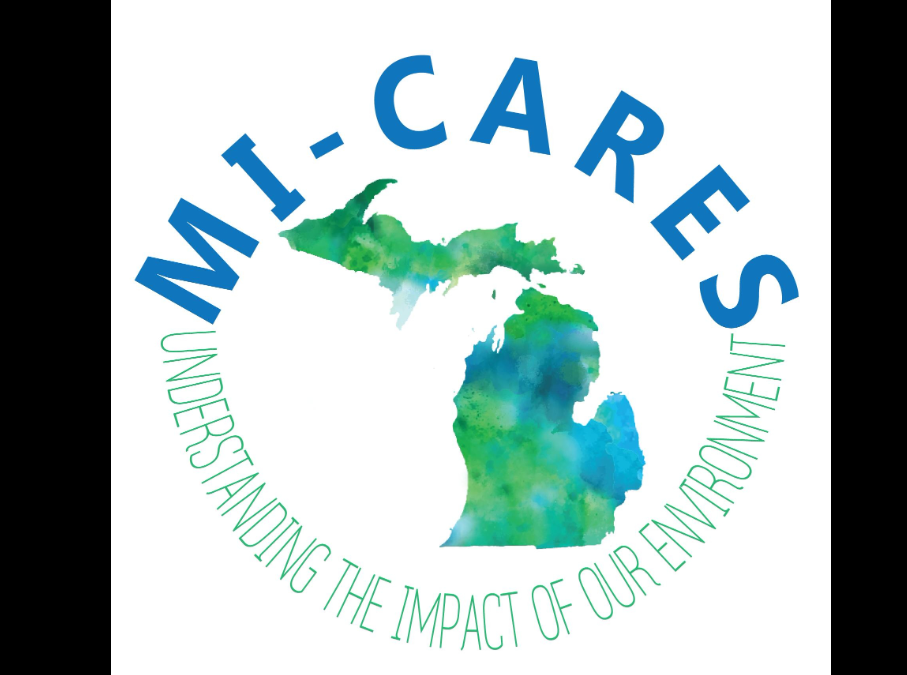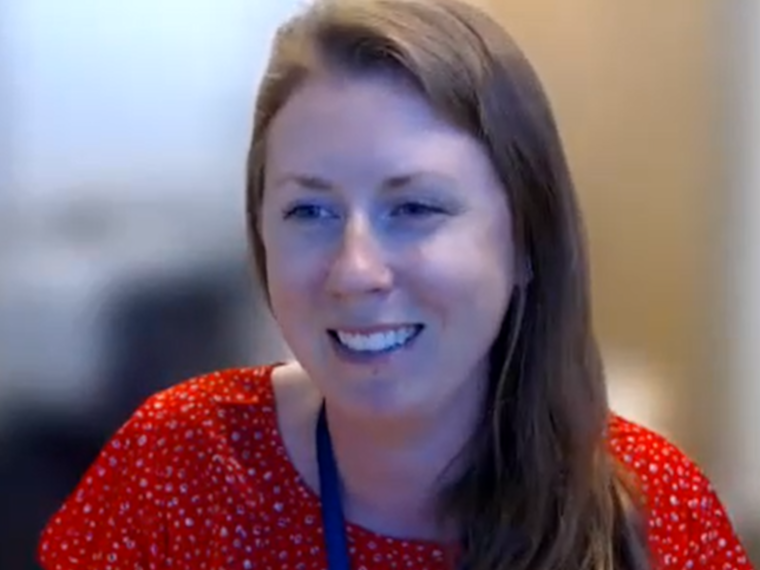Featured photo: Sara Snyder, project director for MI-CARES
Written by Tanya Terry
MI–CARES is a statewide research study funded by the National Cancer Institute and the University of Michigan to understand the impact of environmental exposures on our health. MI-CARES aims to enroll at least 100,000 Michiganders (ages 25-44) primarily in areas identified as “hotspots” of environmental injustice, as well as throughout the whole state of Michigan.
The Courier had the opportunity to recently speak with Sara Snyder, project director for MI-CARES, as well as Lilah Khoja and Maxwell Salvatore, two Ph.D. students in the Department of Epidemiology at U of M who oversee the engagement and recruitment processes for MI-CARES.
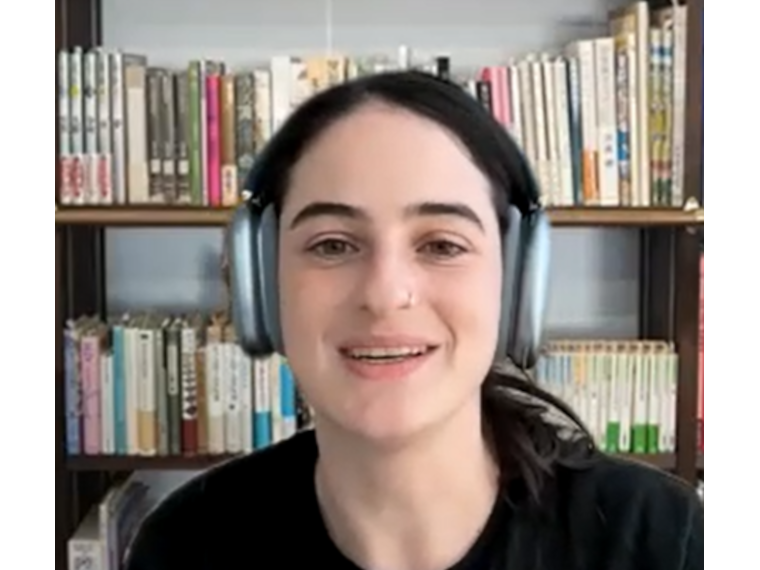
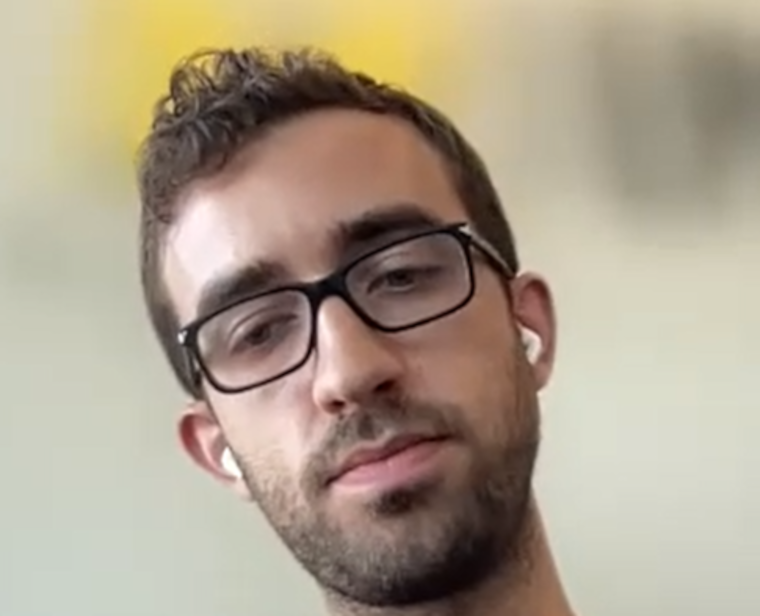
“We are moving to take some of the information gained and turn it into some policy change, and we are working on making connections with local leaders, so that when we do get to that point we’ll have established those connections early on,” Snyder stated.
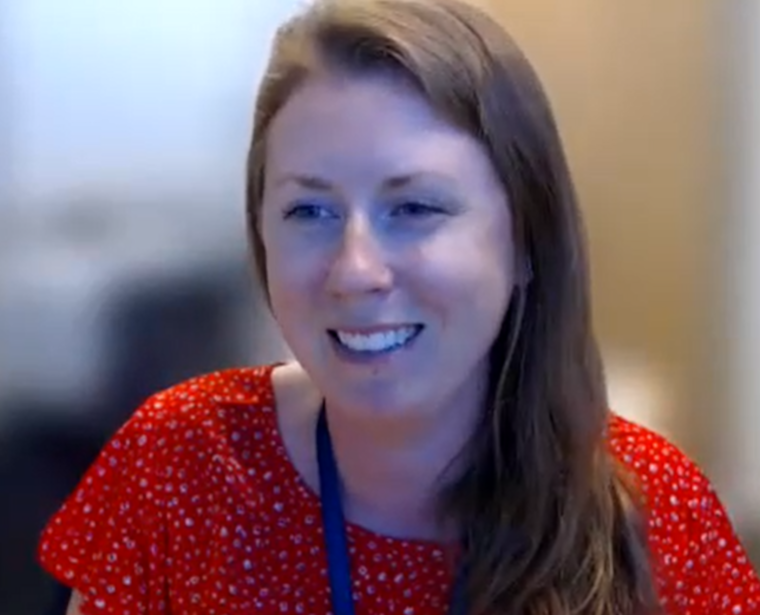
Currently, there is a lottery-based incentive. Every one hundredth person enrolled will have their name put in the lottery to receive $50. Snyder explained the incentive program is currently being restructured so all participants can receive an incentive.
